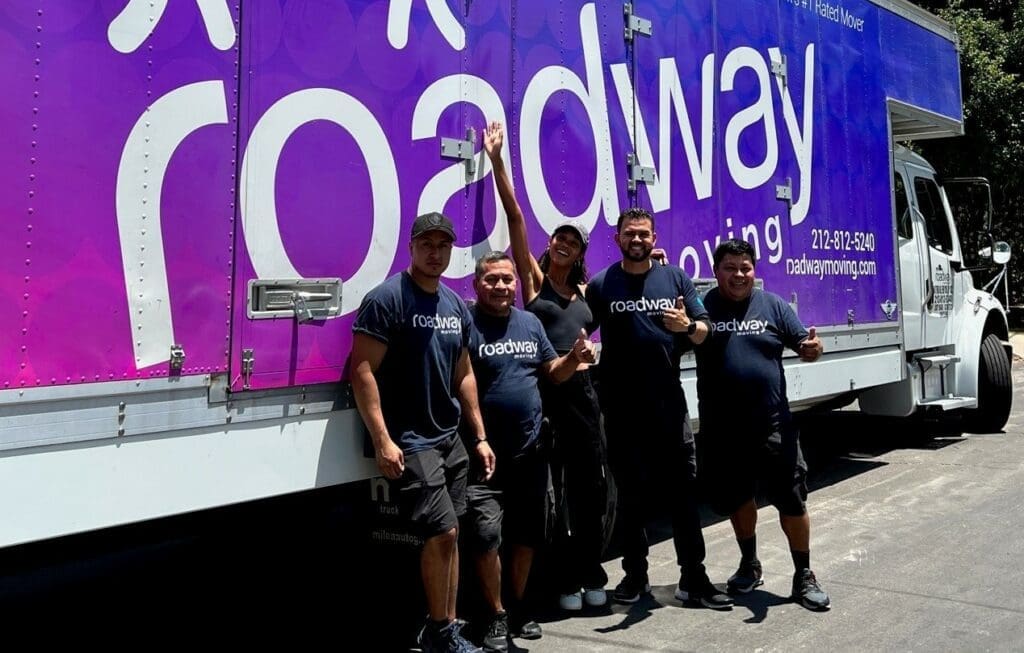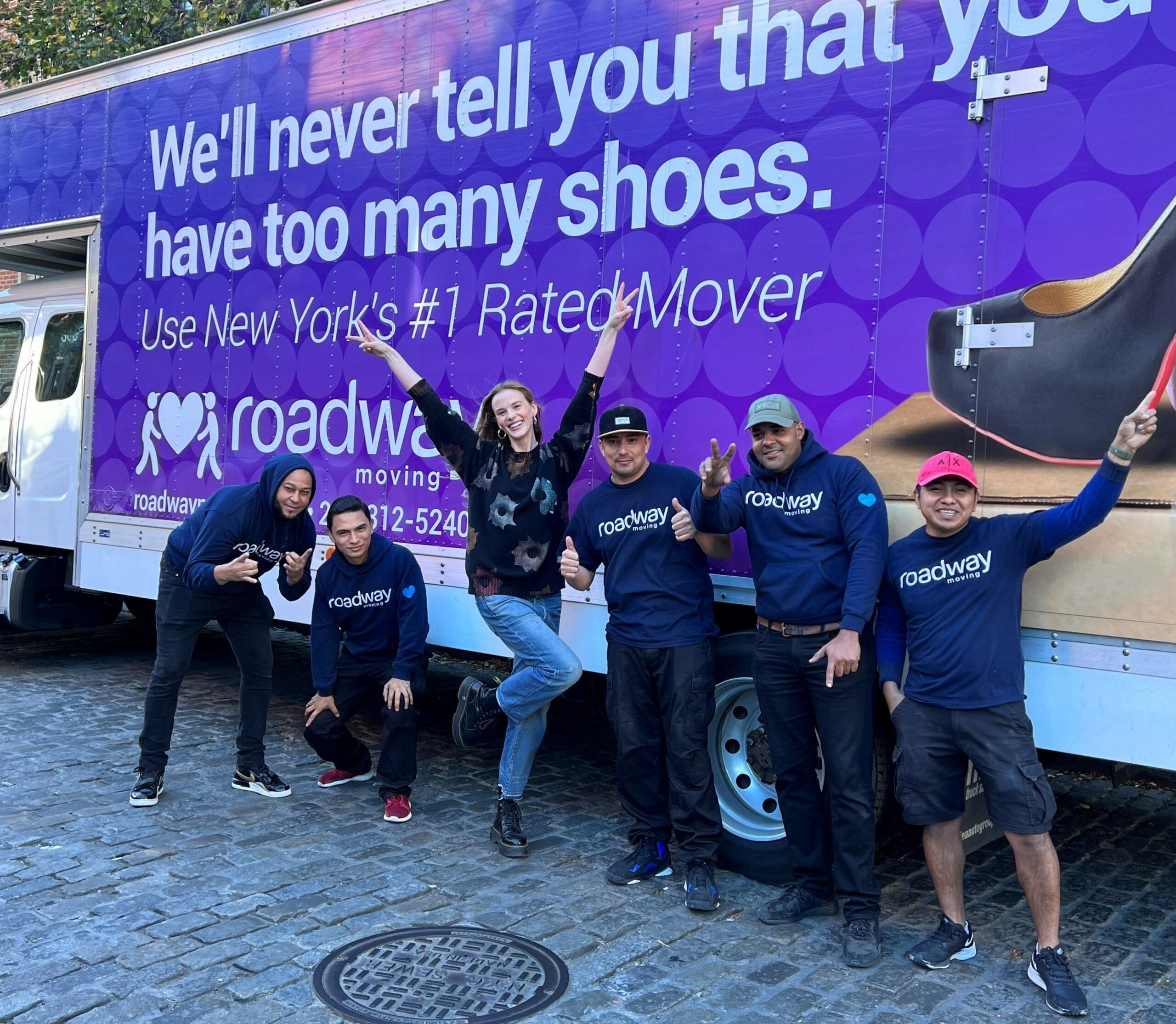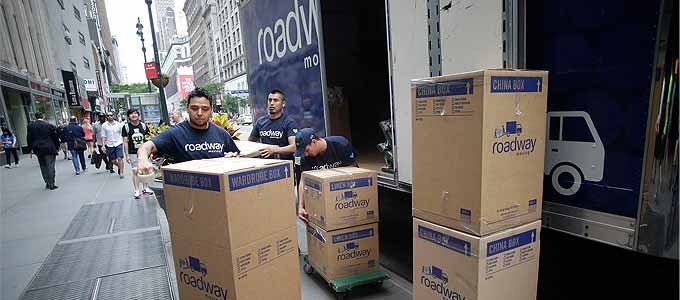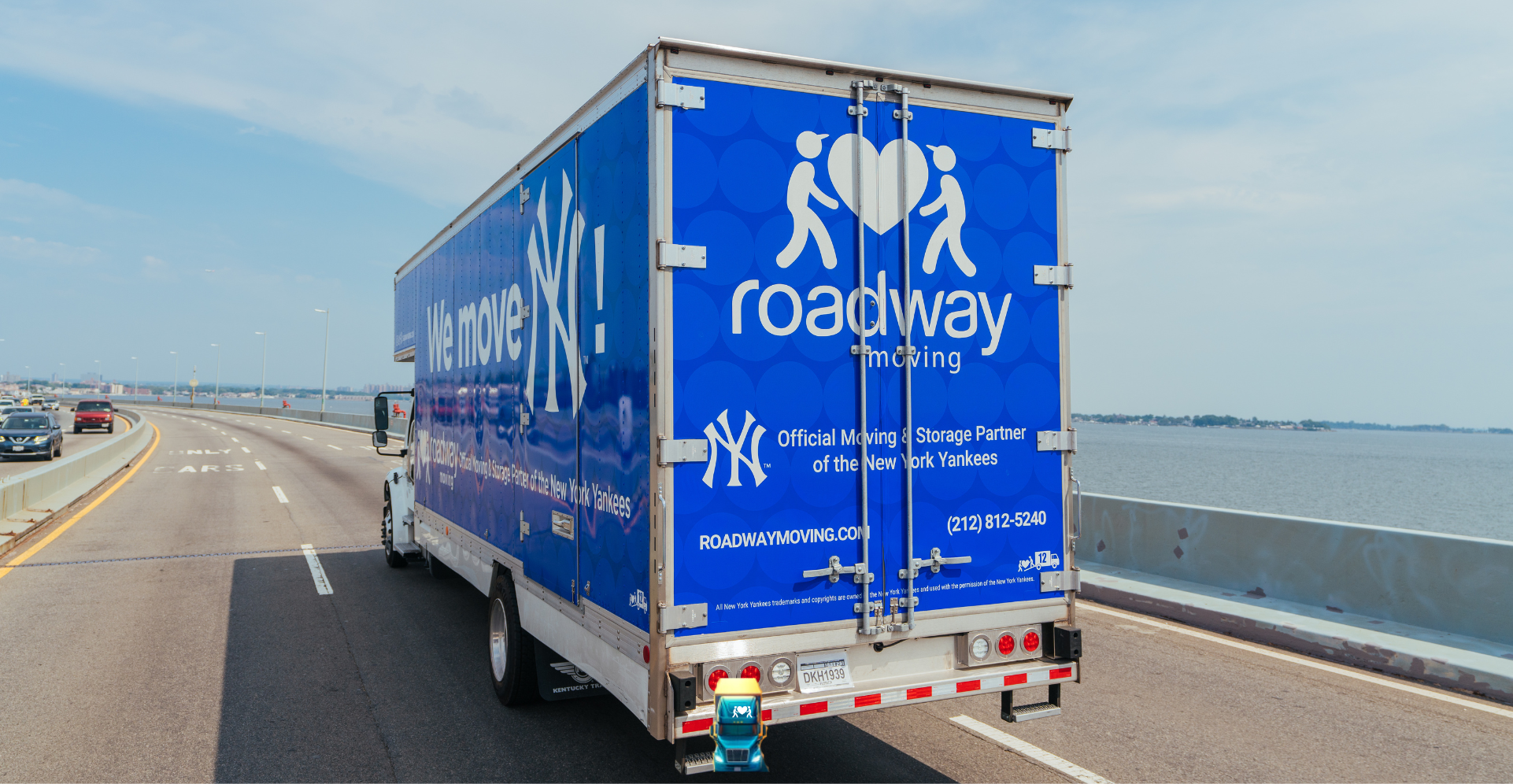How to Pack and Move a Refrigerator Without Damaging It







Moving to a new home is an exciting yet challenging event, and among the essential items to move, the refrigerator stands out. It’s not just an appliance; it’s a vital part of daily life, preserving food and providing comfort.
But moving a refrigerator is no small task. Done incorrectly, it can lead to significant damage to the appliance, and even personal injury. Understanding the right process is crucial, and that’s where this guide by Roadway Moving comes in.
1. How to Prepare for Moving a Refrigerator?
Clearing and Cleaning
- Empty the refrigerator of all contents: It’s essential to remove all food items, shelves, and trays to prevent damage during transit.
- Disconnect from the power source: Unplug the refrigerator to ensure safety.
- Clean all the shelves and surfaces: Wipe down the interior to avoid unpleasant odors and mess during the move.
Gathering Necessary Equipment
Before you begin moving your refrigerator, gathering the necessary equipment is essential to ensure a smooth process.
You’ll need to obtain a dolly to handle the weight of the appliance. Straps are crucial for securing the refrigerator to the dolly, and moving blankets will help protect it from scratches and dents. Don’t forget to use strong tape for securing any loose parts.
If you’re worried about scratching the floor during the move, protective floor coverings are a wise addition.
If you’re moving a refrigerator with an ice maker, special attention is required. Have the appropriate tools on hand to disconnect the water line, as this will need to be done carefully to avoid water leaks. Preparing all these materials in advance will streamline the moving process, reducing stress on the day of the move.
2. Safety Measures When Moving a fridge
Moving a refrigerator is not just about having the right equipment; it’s also about ensuring personal safety. Wearing proper gear, such as gloves and supportive footwear, is highly recommended. Gloves enhance your grip, reducing the risk of accidental slips, while supportive footwear helps stabilize your footing and protect your feet.
Another critical aspect of safety is utilizing proper lifting techniques. It’s essential to bend at the knees and lift with your legs rather than your back. Keeping the refrigerator upright minimizes the risk of injury and damage to the appliance. Understanding and applying these safety measures is a fundamental step towards a successful and risk-free move.
In the event that your refrigerator encounters any issues during or after the move, it’s essential to have access to reliable repair services. Commercial Refrigeration Repair Atlanta offers professional expertise in handling commercial refrigeration units. Whether it’s a residential refrigerator or a commercial one, having a trusted repair service in your contact list ensures prompt assistance in case of any malfunctions. As you prioritize safety in the moving process, it’s equally crucial to be prepared for potential issues that may arise. By having the contact information for Commercial Refrigeration Repair in Atlanta on hand, you can address any refrigerator-related concerns swiftly and efficiently, ensuring a seamless transition to your new space.
Together, these safety measures create a protective barrier that safeguards both you and the appliance.
3. The Moving Process
When it comes to actually moving the refrigerator, a systematic approach is indispensable. Begin by taping the doors and any loose parts securely. Using strong tape ensures the doors stay closed, and any internal components remain in place during the move. This not only protects the appliance but also ensures that there are no unexpected openings or shifts while navigating through tight spaces.
Once you’ve secured the refrigerator, the next step involves positioning it onto the dolly. Gently tip the refrigerator, always keeping safety in mind, and position it securely onto the dolly. After ensuring it’s stabilized, you can secure it with straps for additional safety, ensuring a tight attachment for the transportation journey ahead.
Image: Picture of the refrigerator being maneuvered.
Navigating through the home presents its own challenges. Doorways, corners, and staircases can be tricky, but with patience and care, it’s entirely manageable. Always clear the path in advance, move slowly, and communicate if you have helping hands. Ensuring there’s no rush prevents accidents and reduces the risk of damage to both your home and the appliance.
Finally, loading the refrigerator into the moving truck is the last step in this process. When doing so, it’s crucial to ensure the refrigerator remains upright and is well-secured inside the truck, either using straps or bungee cords. This stabilizes the refrigerator during the transit, preventing any unwanted movements or potential damages.
By meticulously following these steps, you ensure that the refrigerator moves from its old spot to the moving truck with the least amount of hassle and risk.
4. Installing at the New Location
Once you’ve safely transported your refrigerator to its new location, the process of installation begins. This phase, like the others, requires patience and careful execution. Start by unloading the refrigerator from the moving truck, ensuring its upright position, and using the dolly for a controlled move into your new home.
Upon entering your new space, you’ll need to determine the final placement of the refrigerator. Carefully navigate your way, planning your path and making sure the appliance fits perfectly in its new location. This might require some adjusting, especially if the space is different from your previous home. Remember to take into account any electrical outlets or water hookups if your refrigerator comes with an ice maker or water dispenser.
Before plugging in the refrigerator, it’s crucial to allow it to stand for a few hours. This waiting period ensures the internal fluids, particularly the coolant, settle correctly. Once this rest period has passed, you can reconnect the power cord, ensuring it’s securely plugged into an appropriate outlet.
If your refrigerator includes a water line, this is the time to reconnect it, always following the manufacturer’s instructions to prevent any leaks or complications.
Conclusion
Moving a refrigerator can be a daunting task, but with proper planning, the right equipment, and careful handling, it’s entirely achievable. This guide has walked you through each step, ensuring that your move is smooth and stress-free.
If you find yourself uncomfortable with any of these stages, professionals like Roadway Moving offer moving, packing, and storage services to assist with your move. By choosing a professional moving company like Roadway Moving, you not only gain expertise but also have the advantage of insurance, ensuring that your move is in safe hands.















